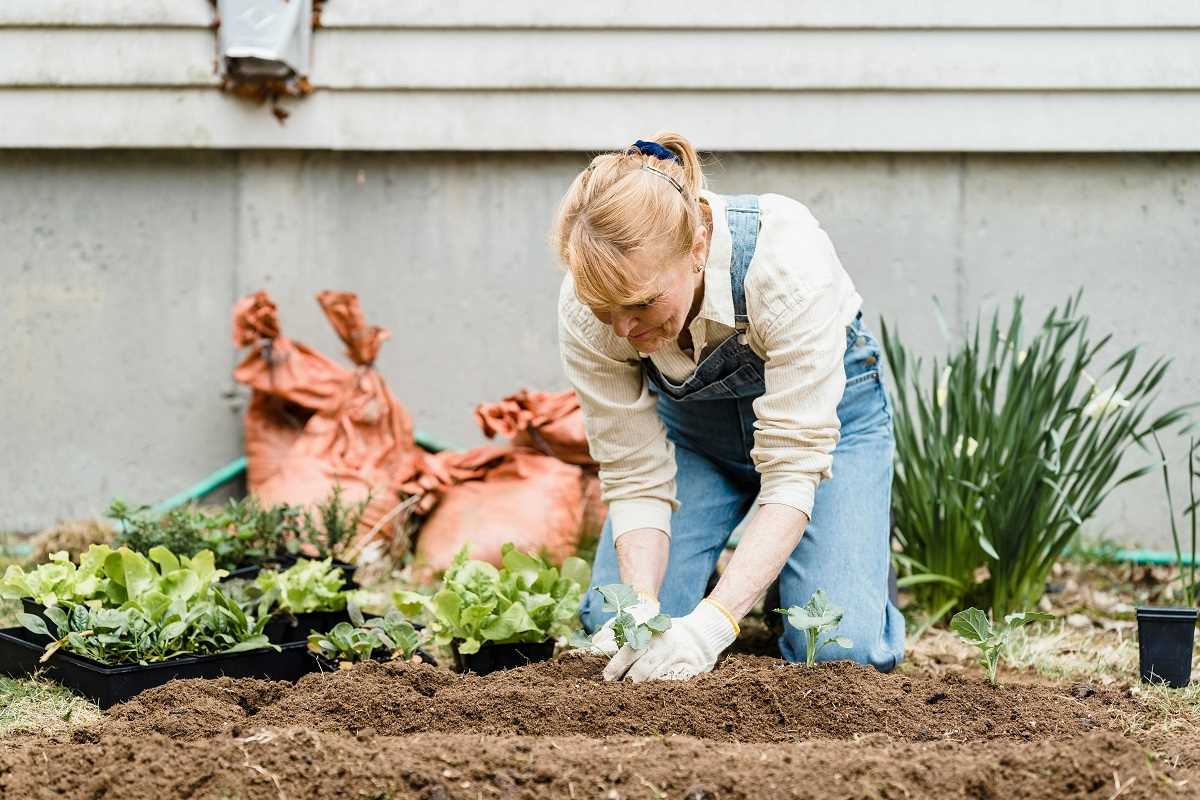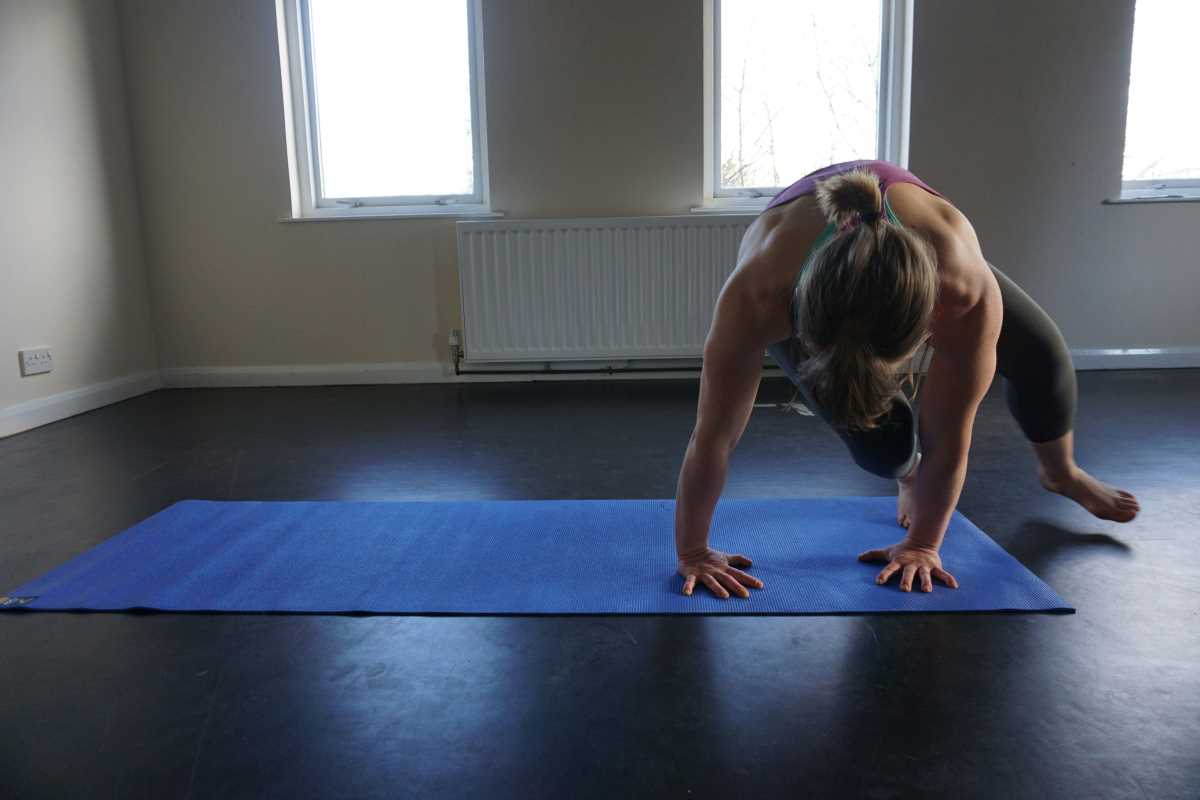City life can sometimes seem detached from nature, with towering buildings and endless streets overshadowing green areas. Yet, there's a rising trend that bridges this gap: urban gardening. This movement is gaining traction, bringing a refreshing touch of nature to urban settings. When combined with nature therapy, urban gardening offers a unique opportunity to enhance our overall well-being. It brings mental and physical health benefits directly to the bustling heart of metropolitan areas. Embracing this blend of greenery and therapy, city residents find solace and rejuvenation amid the concrete landscapes that define modern urban life.
The Benefits of Urban Gardening
Urban gardening brings a plethora of advantages that make it an accessible and impactful way to enhance wellbeing. Here are some key benefits:
- Accessibility: Urban gardens thrive in small spaces like balconies, rooftops, and community plots, making gardening available to those without large yards.
- Mental Health Improvements: Tending to plants reduces stress, anxiety, and symptoms of depression by providing a calming and rewarding activity.
- Physical Activity: Gardening involves physical tasks such as planting, weeding, and watering, which contribute to better physical health and fitness.
- Community Building: Shared gardening spaces encourage community interaction, enhancing social connections and reducing feelings of isolation.
- Environmental Benefits: Urban gardens improve air quality, provide habitats for pollinators, and contribute to the overall environmental health of the city.
- Food Security: Growing your own vegetables and herbs can provide fresh, organic produce, reducing reliance on store-bought items and promoting healthy eating habits.
- Educational Opportunities: Urban gardening serves as a practical tool for teaching children and adults about plant biology, sustainability, and the importance of green spaces.
Understanding Nature Therapy
Nature therapy is a therapeutic practice that involves engaging with the natural environment to promote mental and emotional healing. It grounds itself in the belief that spending time in nature can restore our mental energy, reduce stress, and improve overall mood.
The principles of nature therapy include mindfulness, where individuals focus on the present moment while interacting with nature, and connection, which creates a sense of belonging with the natural world. Nature therapy encompasses activities like walking in parks, forest bathing, and, importantly, gardening. When combined with urban gardening, nature therapy enhances the therapeutic effects, creating a synergy that amplifies the benefits for well-being. This combination allows individuals to cultivate not only plants but also their mental and emotional health, creating a holistic approach to self-care in urban environments.
Nature therapy emphasizes the restorative qualities of natural environments. Engaging with the earth, feeling the soil, and observing plant growth provides a sense of purpose and accomplishment. This hands-on interaction with nature leads to increased mindfulness, better emotional regulation, and a deeper appreciation for the natural world, all of which contribute to enhanced mental health.
Integrating Urban Gardening and Nature Therapy into Daily Life
Incorporating urban gardening and nature therapy into your routine can be simpler than you might think. Here are some practical tips to get started:
- Start Small: Begin with a few potted plants or a small herb garden on your balcony to ease into the practice. This minimizes the initial investment and allows you to experiment with different plants to see what thrives in your space.
- Set Aside Time: Dedicate specific times each day or week for gardening activities, treating it as a form of self-care. Watering plants in the morning or tending to your garden in the evening helps build a routine.
- Choose Calming Plants: Opt for plants that have soothing qualities, such as lavender or chamomile, to enhance the therapeutic experience. Fragrant herbs and flowers can also create a relaxing atmosphere around your garden space.
- Create a Relaxing Space: Designate a peaceful area for your garden where you can unwind and connect with nature. Incorporate elements like comfortable seating, soft lighting, or wind chimes to make the space inviting.
- Practice Mindfulness: Use your gardening time to practice mindfulness by focusing on the sensations, smells, and sounds around you. Pay attention to the texture of the soil, the color of the leaves, and the rhythm of your actions as you garden.
- Join a Community Garden: Engage with others who share your interest in gardening, providing both support and social interaction. Community gardens often host workshops and events that can further enhance your gardening skills and knowledge.
- Incorporate Technology: Utilize gardening apps to track plant growth, set watering schedules, and learn about plant care. Technology can help you stay organized and make gardening more efficient.
- Seasonal Planting: Adapt your gardening practices to the seasons, ensuring that your plants receive the appropriate care and thrive throughout the year. Seasonal planting also keeps your garden varied and interesting.
By integrating these practices into your daily life, urban gardening and nature therapy can become a seamless part of your routine, offering continuous benefits for your mental and physical health.
Urban vs. Traditional Gardening
While both urban and traditional gardening share the fundamental goal of growing plants, they differ in several key aspects:
- Space: Traditional gardening usually requires larger spaces like backyards or farms, whereas urban gardening adapts to limited spaces such as balconies, rooftops, or indoor areas. This makes urban gardening more accessible to people living in apartments or densely populated areas.
- Resources: Urban gardeners often need to use containers, vertical growing systems, and artificial lighting, while traditional gardeners rely on open soil and natural sunlight. Urban gardens may also incorporate recycled materials and creative solutions to maximize space utility.
- Community Engagement: Urban gardening frequently involves community efforts and shared spaces, promoting social interaction, whereas traditional gardening can be more solitary. Community gardens in urban areas serve as hubs for social activities, workshops, and cultural exchanges.
- Environmental Impact: Urban gardens can help mitigate the urban heat island effect and improve city biodiversity, while traditional gardens may have a broader ecological footprint. Urban gardens contribute to local ecosystems by attracting pollinators and providing green corridors amidst concrete structures.
- Accessibility: Urban gardening is more accessible to people living in cities without large properties, making it easier for more individuals to engage in gardening. It democratizes gardening by allowing people with limited space and resources to participate in growing their own plants.
- Maintenance: The maintenance of urban gardens can differ significantly, often requiring more intensive care due to confined spaces and limited soil volume. Traditional gardens may benefit from more extensive ground space and natural soil ecosystems, which can be less labor-intensive.
- Customization: Urban gardens offer unique opportunities for customization, including vertical farms, green walls, and hydroponic systems. Traditional gardens, while also customizable, often follow more conventional layouts and planting methods.
Understanding these differences can help individuals choose the gardening style that best fits their lifestyle and goals, whether they seek personal fulfillment, community connection, or environmental impact. Both urban and traditional gardening offer distinct advantages, and the choice between them can be based on personal circumstances, available resources, and desired outcomes.
By merging urban gardening with nature therapy, city residents can create a harmonious balance between urban living and natural wellbeing. This innovative approach nurtures plants and cultivates a healthier, more connected life. As more people adopt these practices, the positive ripple effects extend beyond individual well-being, contributing to the creation of greener, more resilient urban communities.
Urban gardening and nature therapy offer simple, powerful ways to boost well-being and reconnect with the environment in everyday city life.
 (Image via
(Image via





